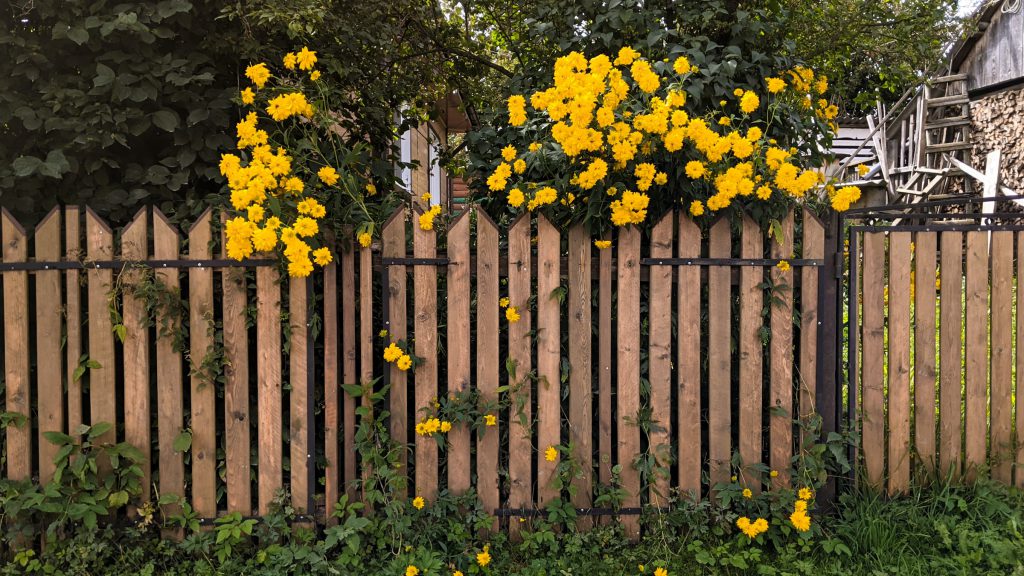If you find that branches from your neighbor’s tree are hanging over into your property, you might be wondering what you can legally do about it. While it might be tempting to take matters into your own hands, there are specific laws and guidelines you should follow to resolve the issue amicably and legally.

Don’t take unilateral action
It’s absolutely prohibited to trim the branches or remove the roots yourself unless you’ve asked for and received permission from your neighbor. Instead, you can request your neighbor to remove the branches and/or roots. If they refuse to take any action, you should send them a formal notice via registered mail.
What if your neighbor doesn’t respond?
If your neighbor fails to remove the roots or branches within 60 days, you are then allowed to cut them yourself at your neighbor’s expense and keep them. However, exercise caution: you are responsible for any damage you cause to the plants.
Legal recourse
You can also go to court to demand that the owner cut the branches or roots. In principle, the judge will likely rule in your favor unless they believe your request constitutes abuse.
What about picking the fruit?
No, you can’t pick the fruit that overhangs but is still on the tree. You also don’t have the right to shake the branches to make the fruit fall from the tree. However, any fruit that falls onto your property is yours. Note that you’re not allowed to "throw back" these fruits onto your neighbor’s property. The fallen fruits on your plot are your property.
Why this matters
Disputes over property boundaries and encroachments can sour neighborly relations and even lead to legal battles. Understanding your rights and responsibilities can help you navigate these potentially tricky situations more effectively.
Steps to resolve the issue amicably
Open Communication
The first step in resolving any neighborly dispute is open communication. Approach your neighbor politely and discuss the issue. Sometimes, the neighbor might not even be aware that their tree branches are causing a problem.
Written Request
If verbal communication doesn’t work, the next step is to send a written request. This could be an email or a formal letter, but it’s essential to have a written record of your communication.
Legal Notice
If the neighbor still doesn’t take action, sending a legal notice via registered mail is the next step. This formalizes your request and starts the 60-day clock for them to take action.
Consult a legal expert
If you find that your efforts are not leading to a resolution, it might be time to consult a legal expert. They can guide you on the best course of action, which might include taking the matter to court.
Preventive measures
Check Property Boundaries
Before planting trees or installing fences, it’s a good idea to check property boundaries to prevent future disputes. This is something both you and your neighbor should be mindful of.
Regular Maintenance
Regular maintenance of trees and plants can prevent branches and roots from encroaching onto neighboring properties. This is a responsibility that all property owners should take seriously.
Conclusion
Dealing with overhanging branches or encroaching roots from a neighbor’s property can be a sensitive issue. However, the law provides clear guidelines on how to handle such situations. Open communication, written requests, and legal notices are the steps to follow before taking any drastic measures. Understanding your rights and responsibilities can help maintain a peaceful coexistence with your neighbors while protecting your property rights.

 Open Immovlan
Open Immovlan